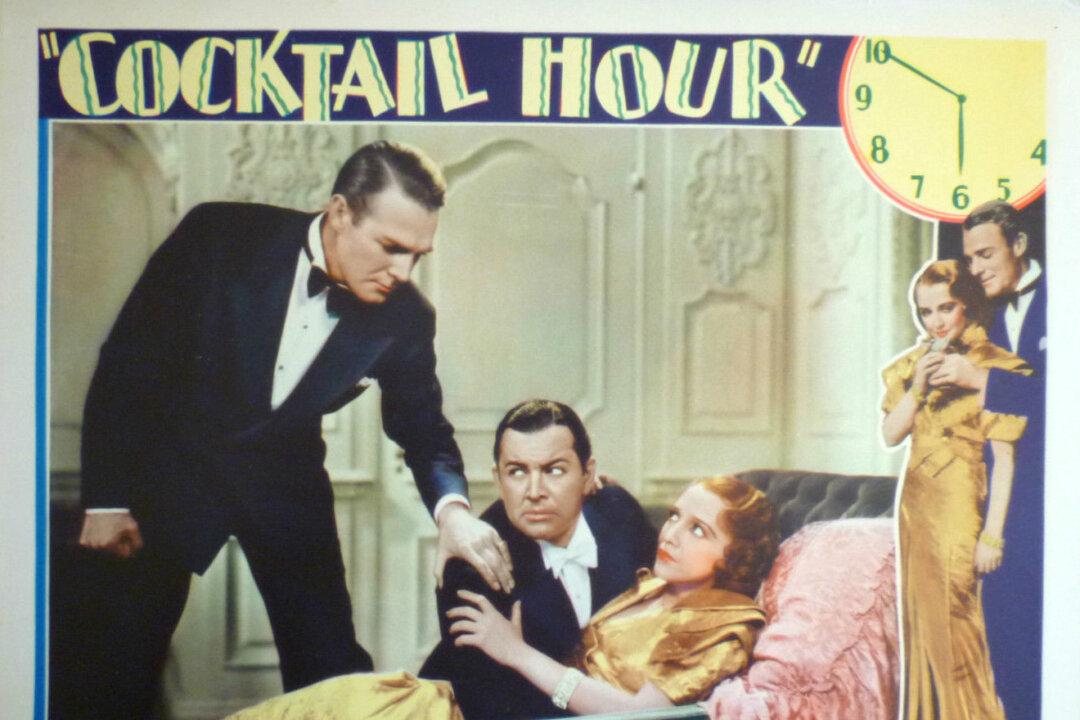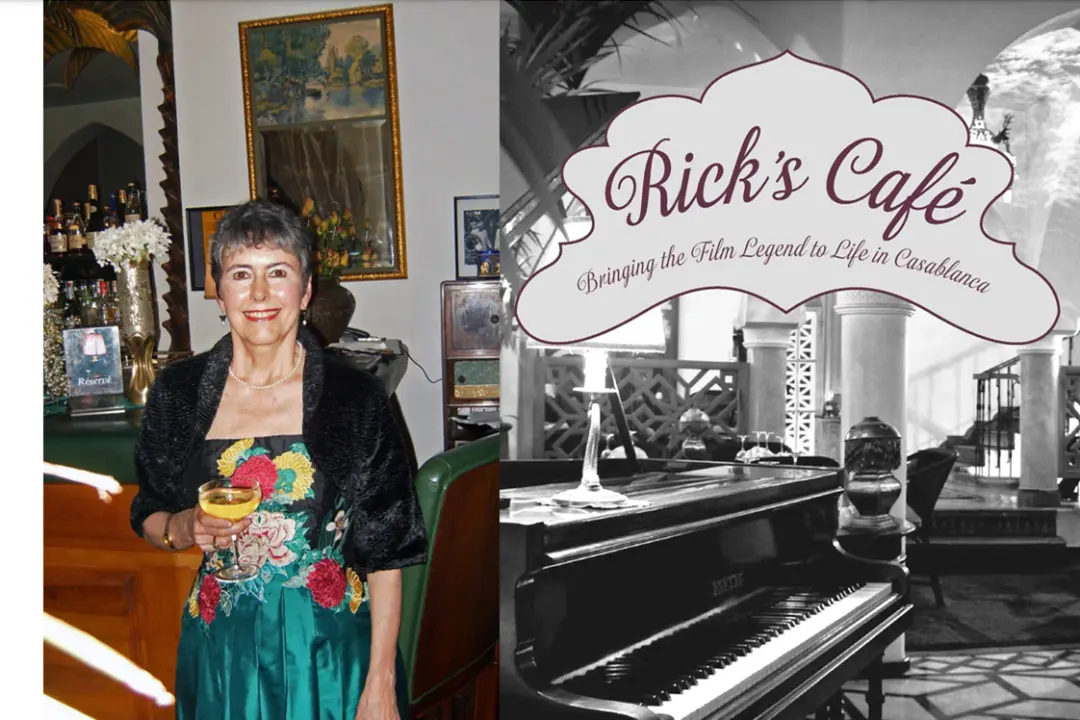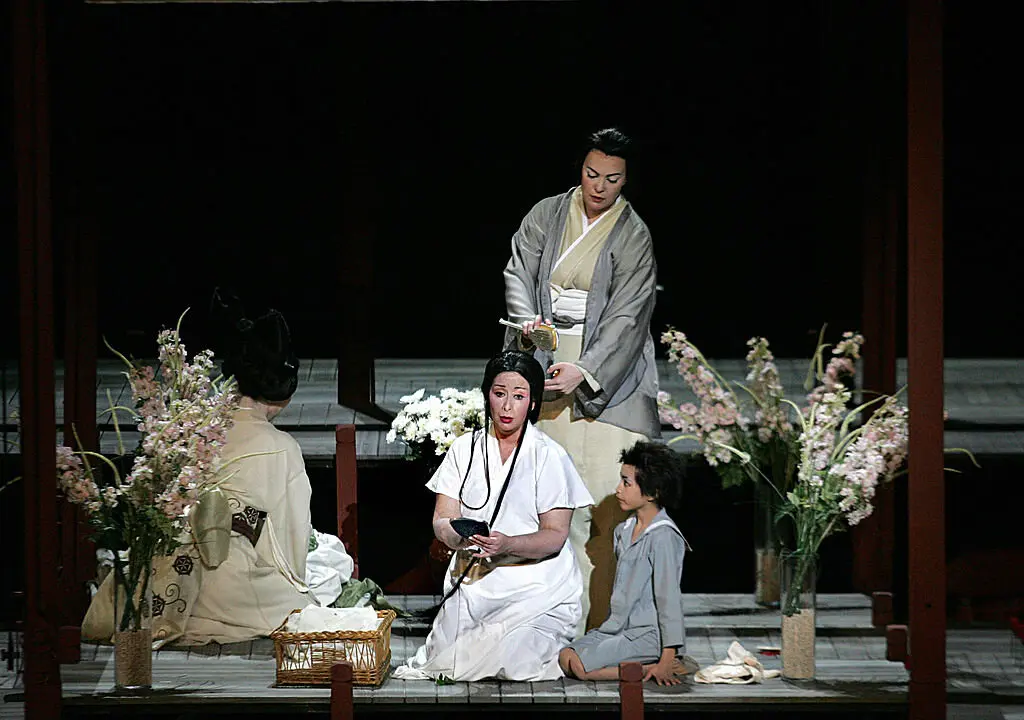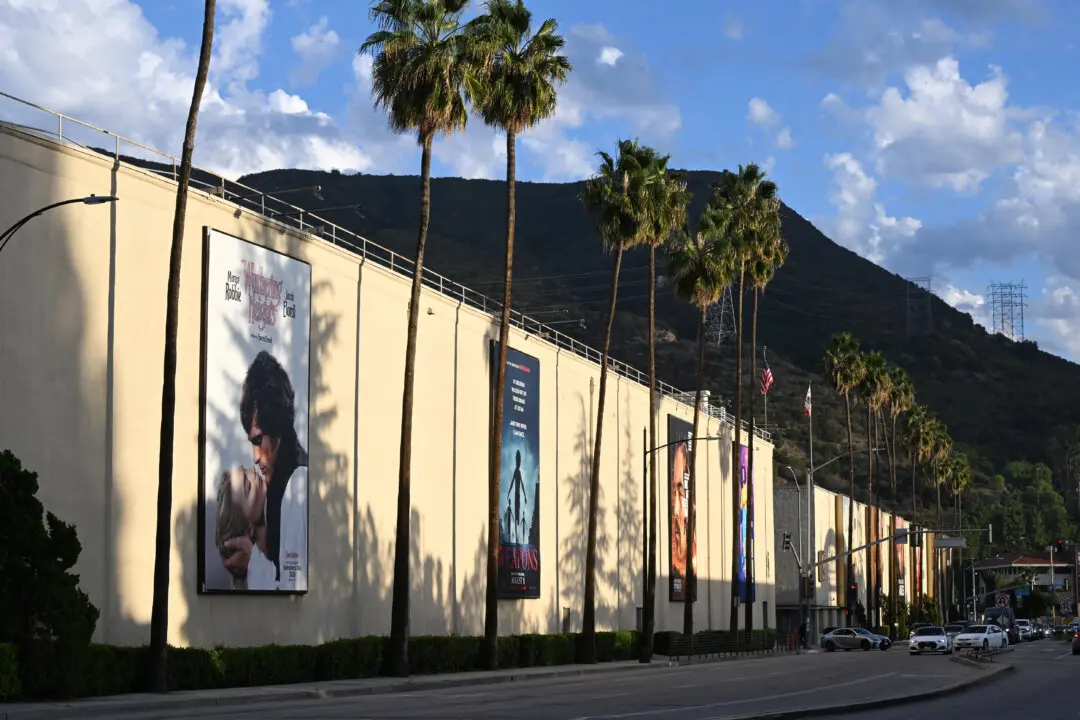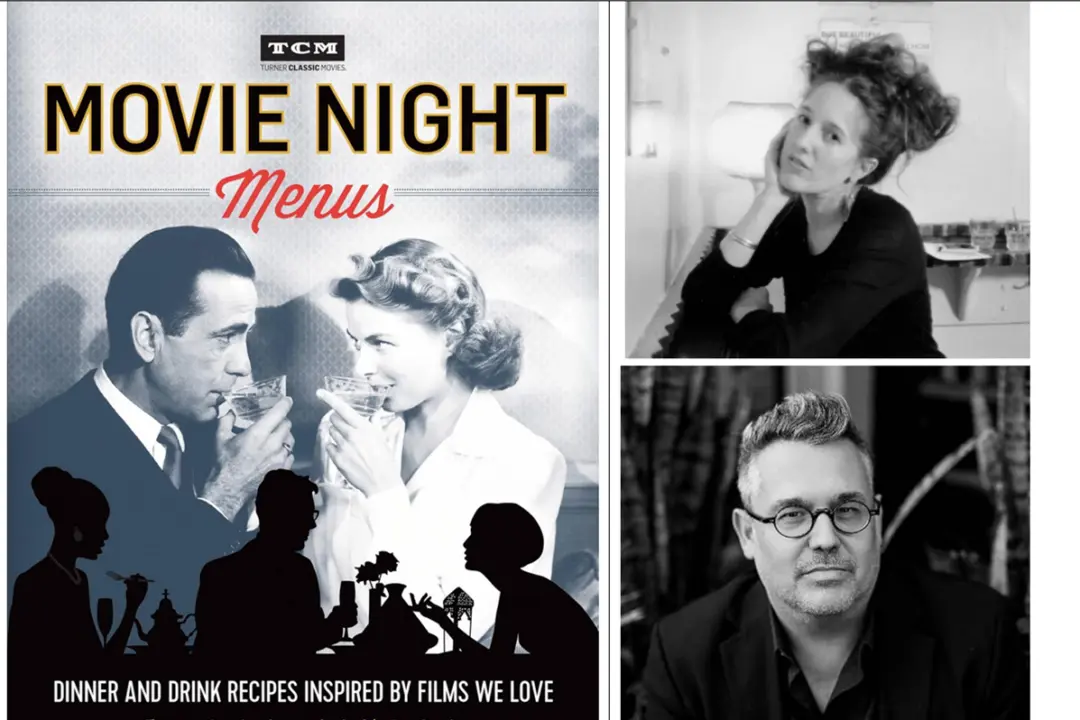Commentary
When I went to the Turner Classic Movies Film Festival (TCMFF) in late April, I had to be very particular when choosing which films to see. They screened dozens of films during the four-day weekend, many of which were played at the same time in different theaters. I ended up seeing fourteen feature films, a very full schedule, which was a fraction of the roster.
